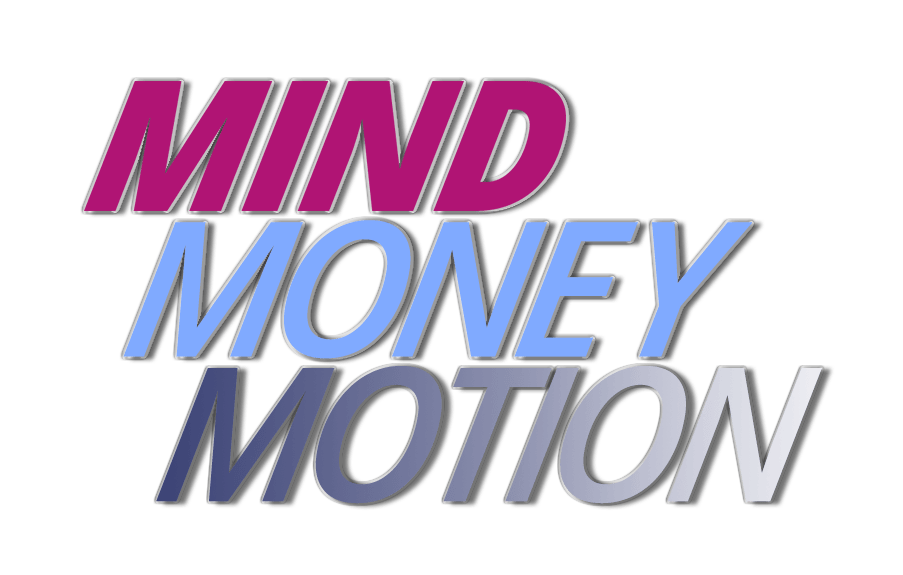Oh, if we had only known then what we know now! We can say that about many things in life. August is Wellness Month so I want to share some thoughts on exercising your money muscles and a challenge for you about financial wellness. It’s a topic we have yet to embrace as a necessary life skill to be taught in schools in most countries—instead, a majority of us learned by trial and error and from the School of Hard Knocks.
Talk to a Young Person
So what can you do about it now? Impress upon the young people in your life the importance of “exercising their money muscles.” It can help make their life so much less stressful now and in the future. To benefit from any exercise, we need practice and repetition, right? That’s what makes our muscles and heart stronger. So repeatedly practicing good money habits for healthier money muscles is no different.
Conversation Starters
If you have a recent graduate or young person new to the full-time work world in your life, now is the time to “drip” on them with stories, money tools, and/or resources to help them realize how important it is to practice exercising their money muscles now. Maybe you start conversations with “I wish I had realized…” or “I found this to be really helpful for me…” or “What is it you are really looking forward to in life?” (and then segueing into how dreams always require some form of financial discipline to help them get there).
Three Key Messages
Wouldn’t it be helpful to just give them a list of what actions they should take and check it off as they go? I have created a bundle of checklists you can check out for youth and young adults to do exactly that. In the meantime, what lessons, tools, or habits would you prioritize and could start encouraging them about now? The brain does best with no more than three key messages. Here are three important habits to consider.
1. Begin with the End in Mind
As children, we often wondered or asked “why?” I still remember that question popping into my head in classes when I didn’t like a subject wondering when I would ever need to know this information. It keeps you motivated to do anything if you understand and know your “why.” So helping a young person think about, verbalize, and even write down what they dream about doing and being in life is perhaps the best starting point to focus on their “why” as a motivator for getting financially disciplined.
Maybe a Vision Board activity would be fun or you share one of your Vision Boards or just have a conversation. What kind of life do you want to live? What is important to you about where you live and what you spend your time doing? Those answers can help create an awareness of what education, costs, and lifestyle would be required. That becomes the reminder of why telling each dollar you make where to go is so important.
2. Pay Yourself First
So often, it feels like many good pieces of advice originated from what we would call old cliches or things we remember that our mother or grandmother would often say to us. Like “make sure you always save something for a rainy day.” The discipline of paying yourself first really has two major benefits. The obvious one is that we put money aside for later.
The habit of delaying gratification seems to be a major non-focus in society today because marketing efforts are targeting consumers to take action NOW: You want it, you get it. Live and enjoy life now. You work hard, you deserve it or FOMO. Our society is all based on consumption, so it is no wonder that we are bombarded with reminders and opportunities to buy, buy, buy.
But life also always happens along the way. So saving and investing for later, when unexpected or planned events happen, are truly wise actions to take. I know I am preaching to the choir but youth (and likely even us when we were younger) too often live for today and have an invincible attitude. So helping them implement a savings/investing habit as soon as possible will really serve them well.
How much to put away, how, and where?
A common rule of thumb for young adults of any age might be to save up to a certain amount in the bank (often 3-6 months’ worth of living expenses). Then save 10-20% toward retirement via an employer plan, Roth IRA, investment account or that amount toward a major purchase (vehicle or home downpayment, for example) or a combination of those goals.
Once you decide on an amount, the key is to set it up as an automatic sweep (from checking to savings or paycheck to 401k, for example). That way you only make that emotional decision once and it takes care of itself until you change it again later.
3. Spend Less Than You Make
The second reason “paying yourself first” is important, is that it also requires you to “live within your means.” In other words, spend less than you make. The trouble we get into in our consumer-driven society is that we get in over our heads on debt, especially credit card debt. In that area, the best habit is to only purchase with your credit card what you know you can pay off at the end of each month.
The whole “need vs want” discussion is super helpful here. When we can stop to ask ourselves “Do I NEED this or WANT this?” before we buy something, we slow down the purchase process and hopefully put it into perspective. I am a big fan of setting a dollar limit that you tell yourself you will never spend without first sleeping on the decision. So if your dollar limit is $100, before you buy that $150 item, you sleep on it and come back the next day if you still want/need it and can pay for it with the money you already have. Maybe you have an example (or two!) of times you were good at that or times you regret that you could share with a young person in your life.
Living within our means suggests we know two numbers, how much we bring home each month and how much we spend each month. There are so many ways to track that these days. Young folks often prefer apps or a computerized process to review income and expenses. I still find good old-fashioned handwritten tracking, at least just for a period of time (3-6 months can be a good indicator of typical spending), can open your eyes and stick in your brain better than something automated. I share links to all of those options in my checklists. But whatever method someone will actually use is what’s most important.
Have you chatted with a young person recently about using money as a tool, or exercising their money muscles? Any stories you can share of lessons you learned from others? Or how about examples of what you wished you would have done sooner in your money life? Let’s have a conversation!
Marie Burns is a Certified Financial Planner, Speaker, and Author of the bestselling Financial Checklist books. Find Marie on Facebook or contact her at [email protected]
This article was first published at 60 and Me – a community that helps women over 60 live happy, healthy and financially secure lives.

